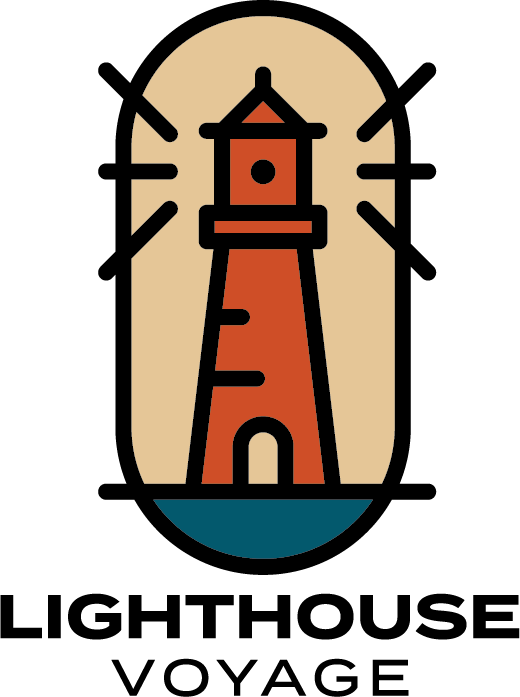THE PROBLEM.
Millions around the world suffer and are exploited by human traffickers who prey on vulnerable individuals. This crime takes away their freedom and causes lasting emotional and physical pain.
Human trafficking profoundly affects every part of an individual’s life. Victims experience a loss of their freedom, dignity, and hope for a better future as a consequence of this exploitation.
It’s crucial that we work collectively to both prevent this heinous crime and provide meaningful assistance to survivors, helping them find the healing they need so they can successfully rebuild their lives and regain their sense of agency.
Human trafficking exploits individuals for profit.
Human trafficking is a global crisis that strips millions of their dignity, freedom, and basic human rights. India, with its vast population and socio-economic disparities, is one of the epicentres of this devastating issue. The scale of exploitation is staggering, but it is a crisis that can be solved.
Human trafficking occurs when individuals are coerced or compelled to work or engage in various activities against their will. These victims may be lured with false promises, forcibly taken, or manipulated into situations where they feel utterly trapped and unable to escape. This disturbing phenomenon can include being exploited for labor without receiving proper compensation or being coerced into the sex trade under threatening circumstances. The impact of such exploitation extends beyond the individuals directly involved, affecting families and communities as well.
A reason why people fall into exploitation is because of poverty and lack of education. Traffickers prey on the most vulnerable, particularly children in rural areas where education and awareness are limited. Children as young as 4 years old are sold for sex or forced labor.
Finally gender disparity, where women and girls are disproportionately affected, with many trafficked into forced prostitution, domestic servitude, or exploitative labour conditions.
-
Victims of trafficking are often lured or coerced under deceptive false pretences, which can include promises of improved opportunities, enhanced education, higher-paying job prospects, or even the intangible emotional needs like love and acceptance. Ultimately, traffickers skillfully prey upon the vulnerability of individuals, taking advantage of their inherent trust and desperation in pursuit of a better life.
-
Victims may find themselves under the tight and often oppressive control of another individual, regardless of whether they are physically moved to a different location or remain in the same vicinity. This control can involve various forms of restrictions placed on their freedom, as well as severe psychological manipulation and coercion tactics, effectively exerting significant and often detrimental power
-
Victims are trapped physically and psychologically, facing exploitation like forced labor or sexual slavery. They endure severe abuse and are coerced into compliance, leading to a loss of freedom and dignity.
Types Of Exploitation
Human trafficking
Human trafficking, per the UN Trafficking in Persons Protocol, includes recruiting, transporting, or receiving individuals through threats, force, or coercion for exploitation—such as sexual exploitation, forced labor, or slavery. Recruitment and transport of a child for exploitation is considered trafficking, even without direct force or coercion.
Debt bondage
Status or condition where one individual has pledged their labour or services, or those of another person who is under their control, in circumstances where the fair value of that labour or service is not reasonably applied to effectively reducing the existing debt or the overall length of the debt obligation. Additionally, the length and nature of the service provided in this context is neither limited nor clearly defined, leading to potential imbalances in the agreement.
Forced marriage
Any situation where persons, regardless of age, have been forced to marry without their consent.
Forced labour
All work or service that is conducted under menace of penalty and for which the person has not offered themselves voluntarily.
Worst forms of child labour
Drawing on the widely recognized 1999 Convention on Worst Forms of Child Labour, it encompasses various detrimental situations where children are systematically exploited through practices akin to slavery or outright slavery itself. This includes, but is not limited to, the forced recruitment of children for involvement in armed conflict, which is a grave violation of their rights.
Additionally, children may be used, procured, or offered for prostitution, exposing them to significant harm and degradation. Furthermore, they can also be used, procured, or offered for illicit activities, including the production and trafficking of drugs, which puts their well-being at serious risk. Moreover, children engaged in hazardous work are at risk of facing conditions that may severely harm their health, safety, or moral development, underscoring the urgent need for protective measures.
You can make a difference.
We all share the responsibility to create change and eradicate modern slavery.
Your generosity can significantly fund essential prevention programs across India that work tirelessly to protect vulnerable individuals from exploitation before it even begins.
Equally important, your compassionate support can provide survivors in India with safe spaces, crucial resources, and valuable opportunities to heal from deep-seated trauma. This, in turn, enables them to ultimately rebuild their lives in a positive and empowering manner, fostering resilience and hope for a brighter future.







